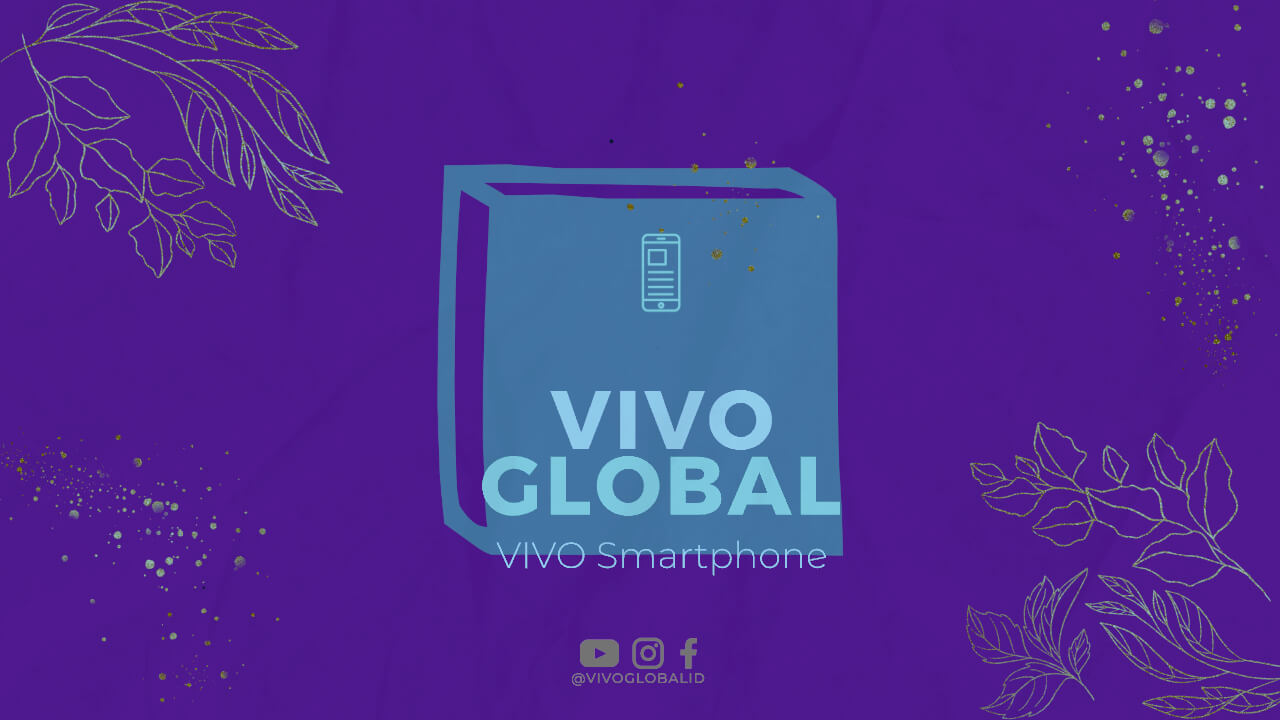Indonesia is known for its diverse cultural heritage, which includes a rich tradition of poetry and literature. One of the most popular forms of poetry in Indonesian culture is the pantun jenaka, a type of humorous verse that is often recited at social gatherings and special events. In this article, we will explore the origins and characteristics of pantun jenaka, as well as its significance in Indonesian culture.
What is a Pantun Jenaka?
A pantun jenaka is a type of poem that consists of four lines. Each line has a specific rhyme scheme, with the second and fourth lines rhyming with each other. The first and third lines do not rhyme but are related in some way to the second and fourth lines. The pantun jenaka is known for its witty and playful tone, often using puns, wordplay, and other forms of humor to create a lighthearted and entertaining effect.
Here is an example of a pantun jenaka:
“Ada udang di balik batu, ada batu di balik udang. Kalau kamu jangan berpikir, kamu akan ditipu sama orang.”
This translates to:
“There is a shrimp behind the rock, there is a rock behind the shrimp. If you don’t think, you will be fooled by someone.”
Origins of Pantun Jenaka
The pantun jenaka has its origins in the Malay language, which was widely spoken throughout Southeast Asia in the 15th century. The pantun itself is a traditional form of poetry that dates back even further, with origins in the oral traditions of the Malay people.
Over time, the pantun evolved into various forms, including the pantun jenaka. In Indonesian culture, the pantun jenaka became popular during the Dutch colonial period, when it was often used as a form of social commentary and political satire.
Characteristics of Pantun Jenaka
One of the key characteristics of pantun jenaka is its use of wordplay and puns. This often involves playing with the meanings of words or using similar-sounding words to create a humorous effect. The pantun jenaka also often uses exaggeration and hyperbole to create a sense of absurdity and playfulness.
Another characteristic of pantun jenaka is its use of traditional cultural motifs and symbols. This includes references to nature, animals, and everyday objects, as well as traditional Indonesian customs and rituals. These elements help to give the pantun jenaka a sense of cultural authenticity and relevance.
Significance of Pantun Jenaka
The pantun jenaka is an important part of Indonesian culture, playing a role in both social and cultural events. It is often recited at weddings, festivals, and other celebrations, and is also used in everyday conversation as a form of humor and entertainment.
Furthermore, the pantun jenaka serves as a way of preserving and celebrating Indonesian cultural traditions. By using traditional motifs and symbols, the pantun jenaka helps to keep alive the rich cultural heritage of Indonesia, ensuring that it will continue to be passed down from generation to generation.
Examples of Pantun Jenaka
Here are some more examples of pantun jenaka:
1. “Kelapa muda di atas, kelapa tua di bawah. Sudah lama aku menunggu, kapan kau akan kawin dengan aku?”
Translation: “Young coconut on top, old coconut at the bottom. I have been waiting for so long, when will you marry me?”
2. “Awas ada ular, jangan sampai tergelincir. Kamu jangan jatuh cinta, nanti hatimu yang terpincang.”
Translation: “Watch out for the snake, don’t slip. Don’t fall in love, or your heart will stumble.”
Conclusion
The pantun jenaka is a unique and beloved form of poetry in Indonesian culture, known for its wit, humor, and cultural significance. As a way of preserving and celebrating Indonesian cultural heritage, the pantun jenaka continues to be an important part of social and cultural events, as well as everyday life in Indonesia.




